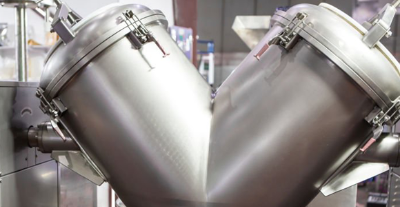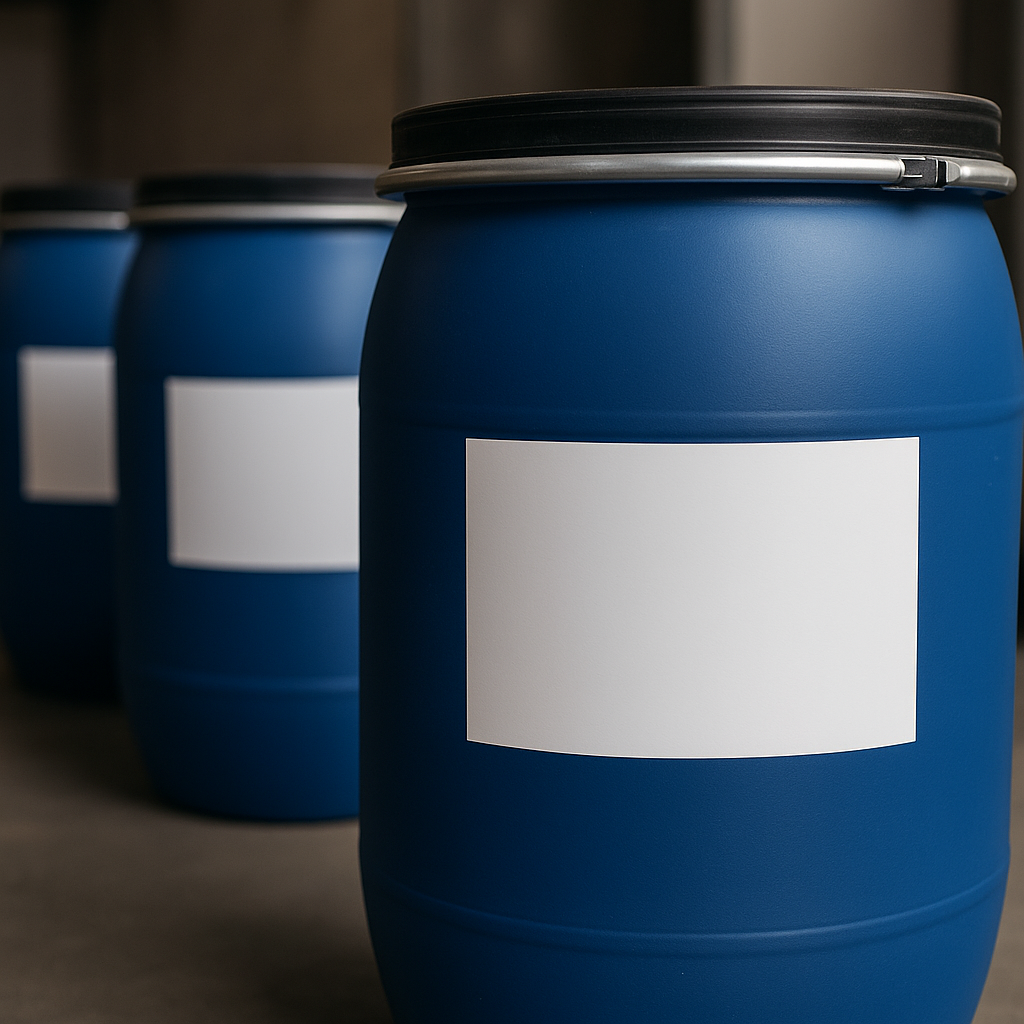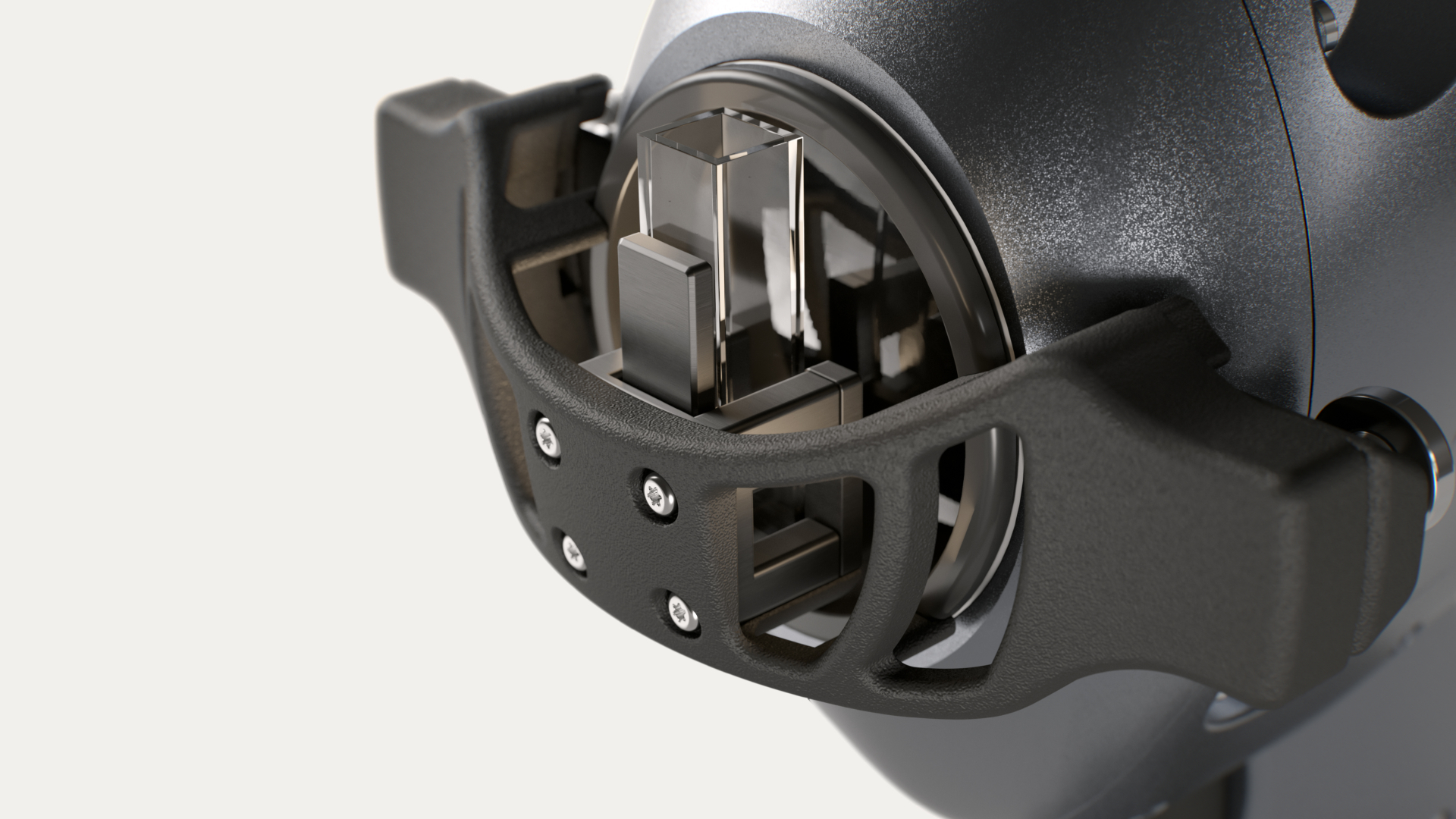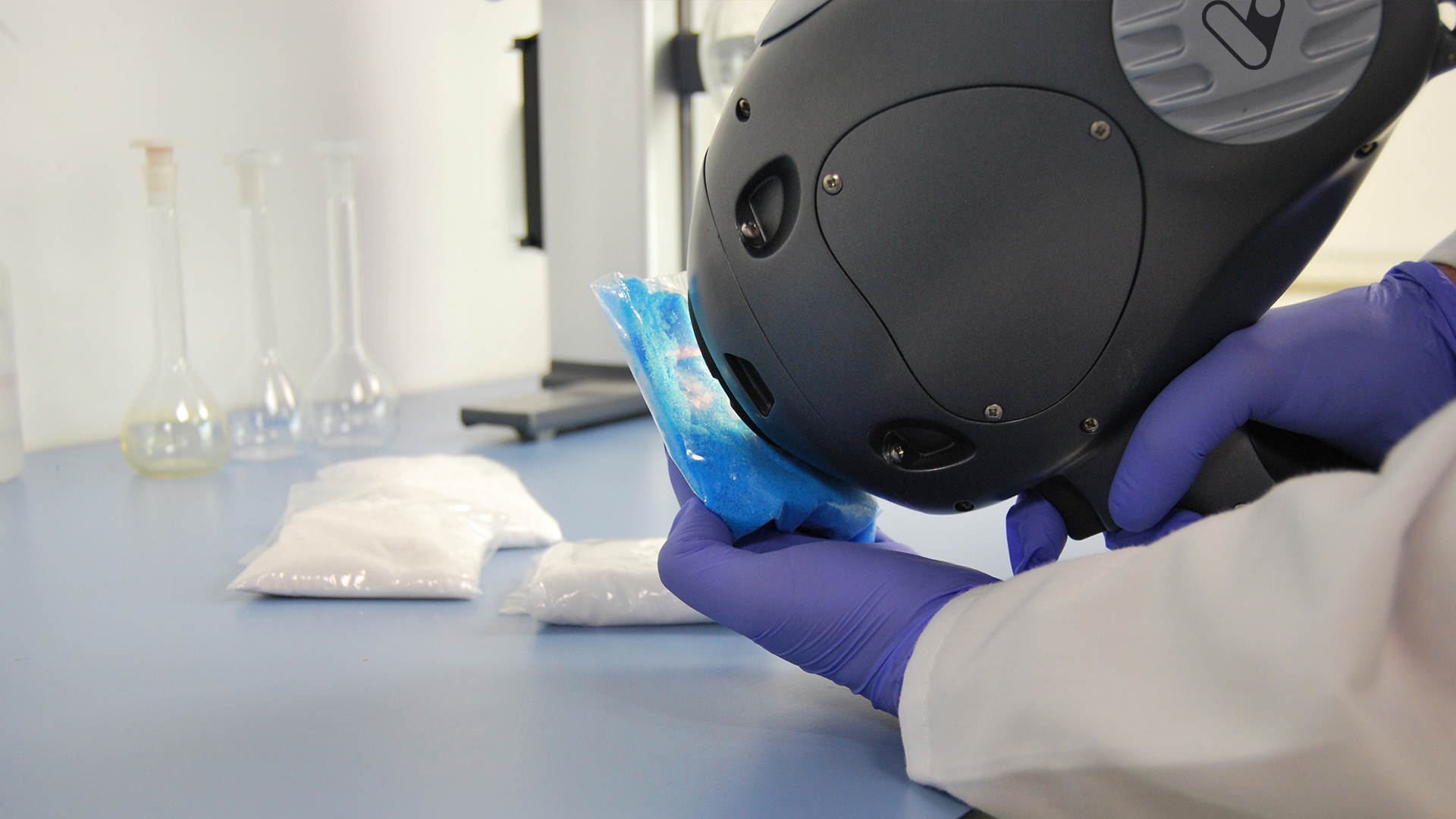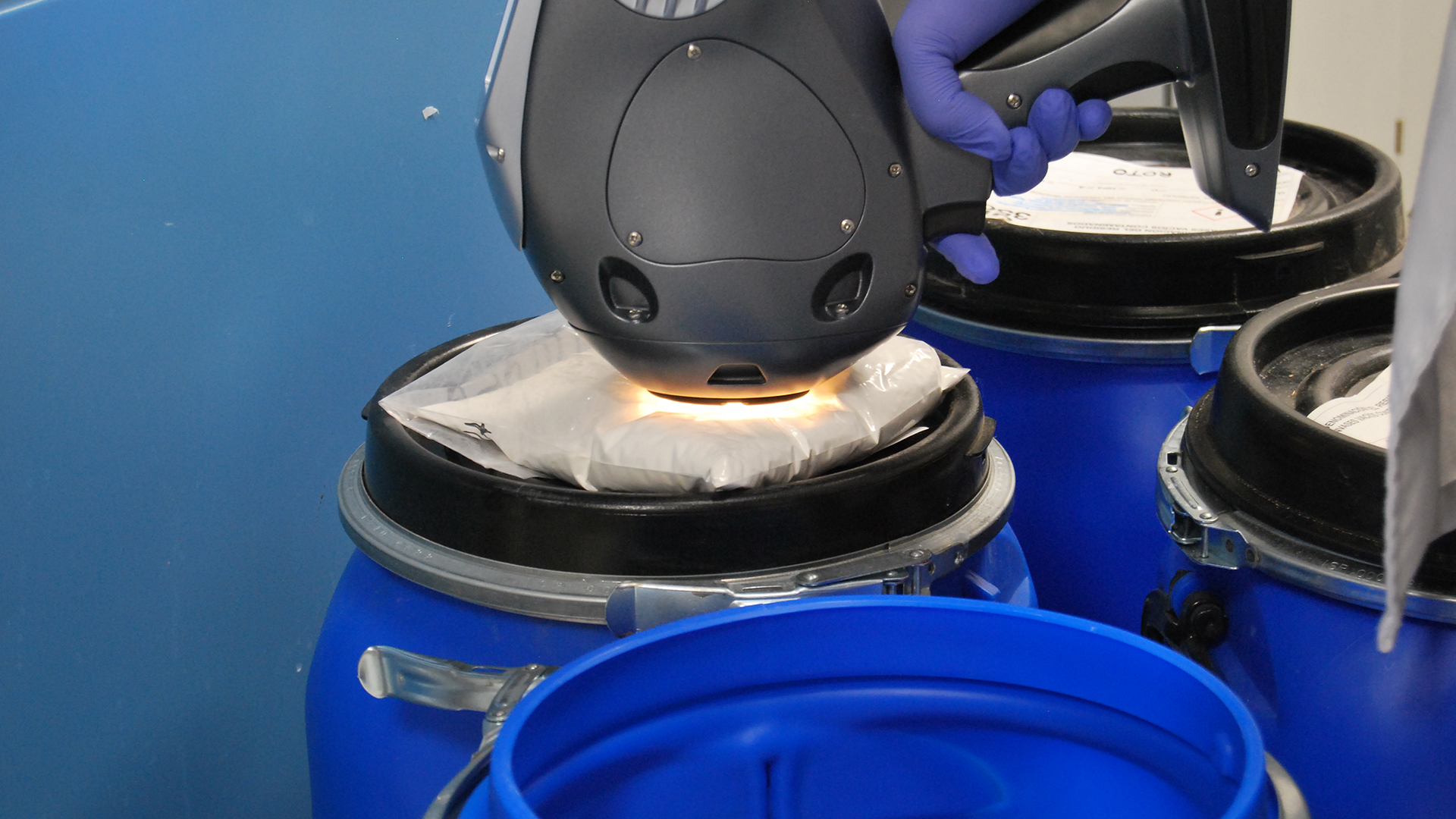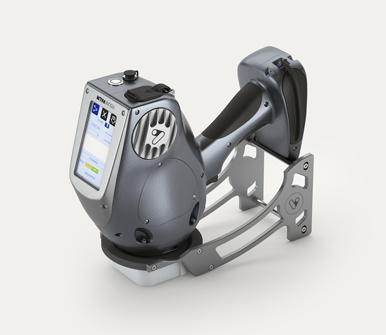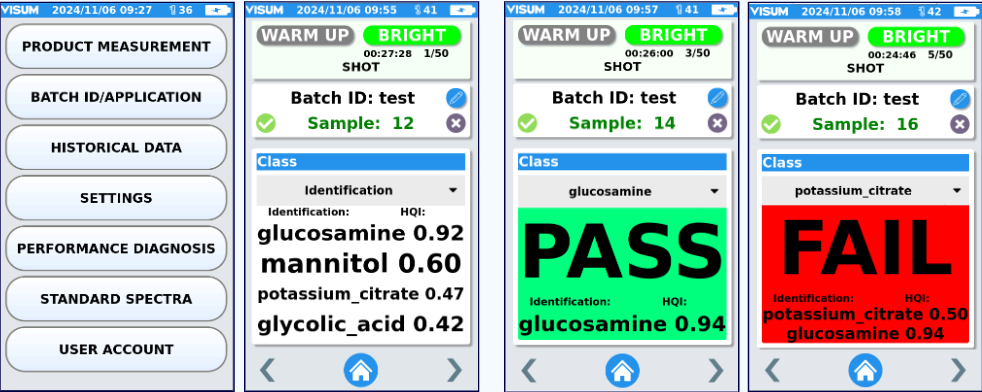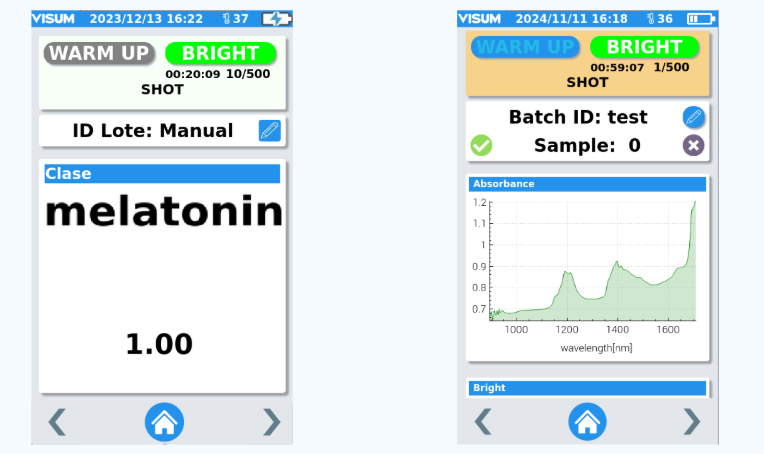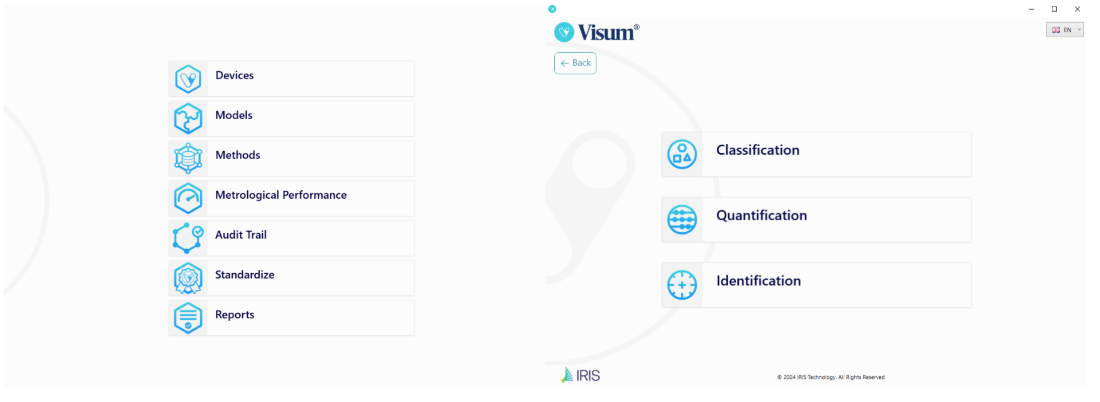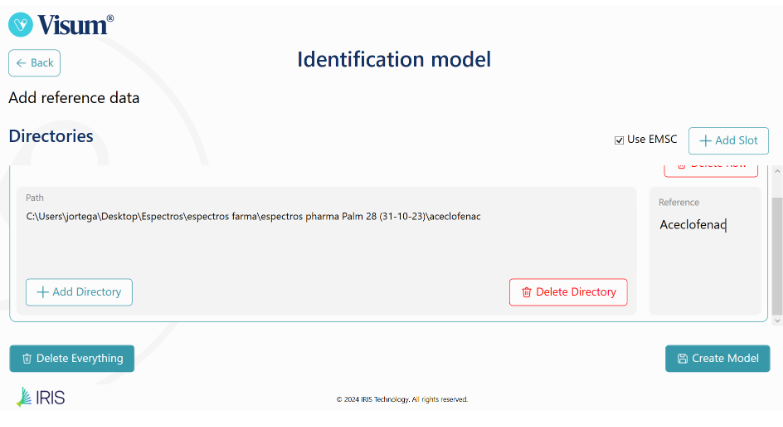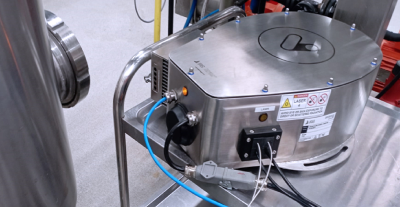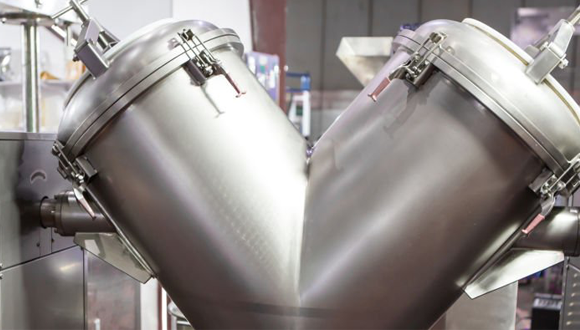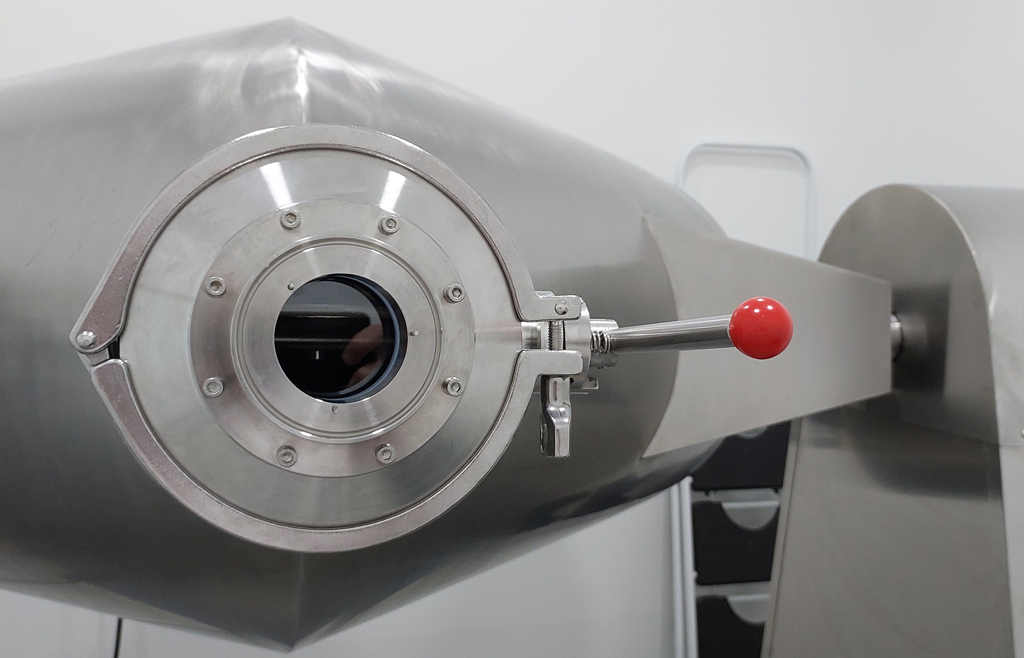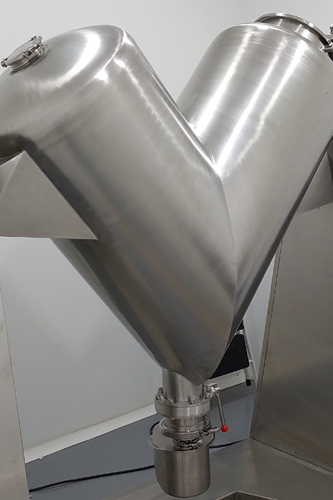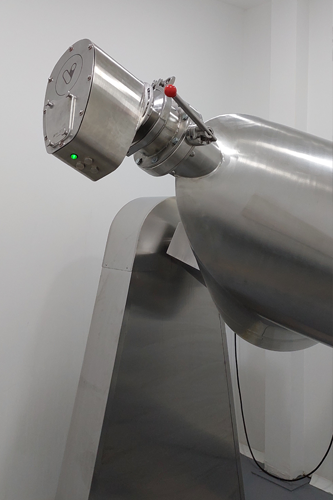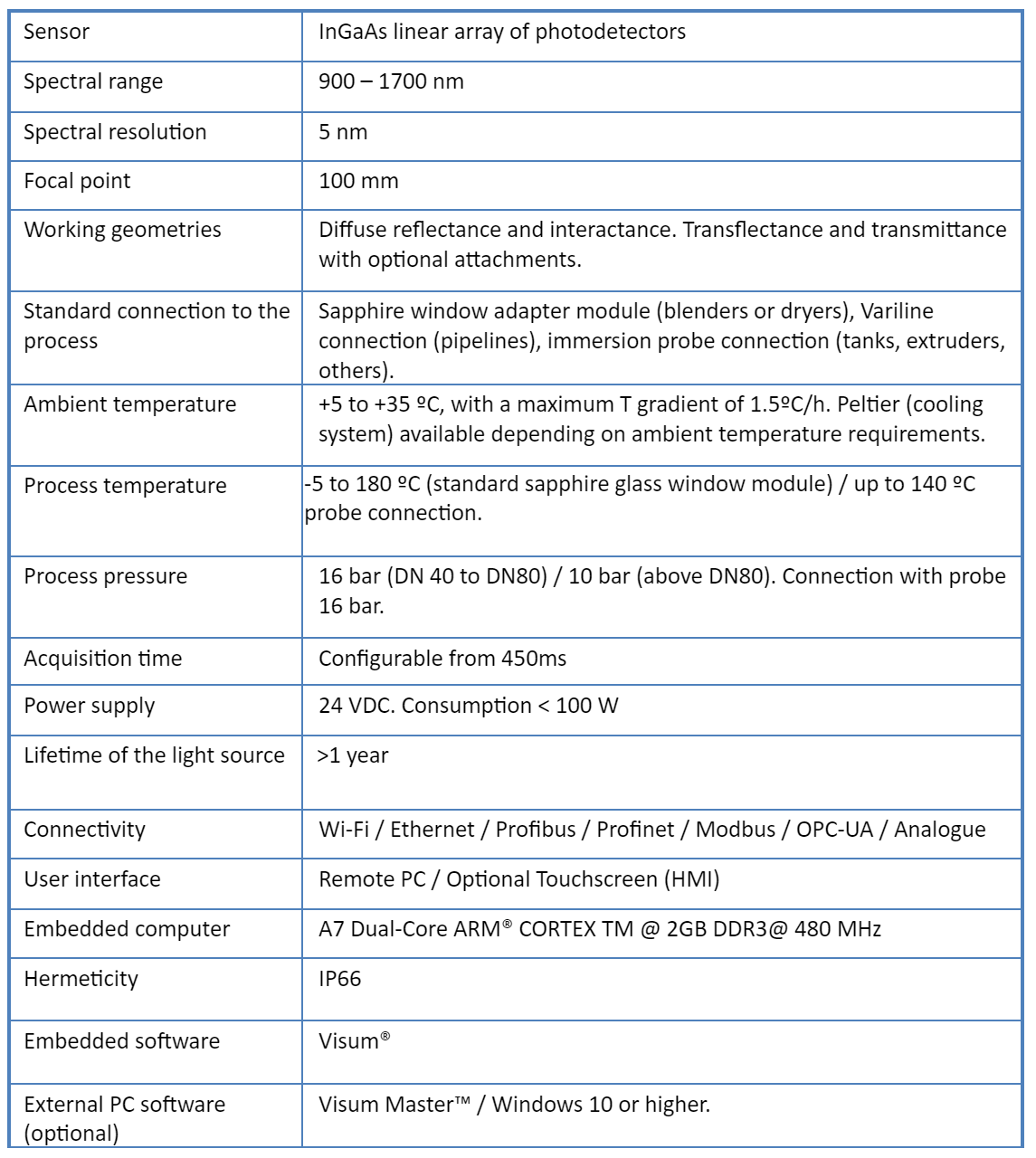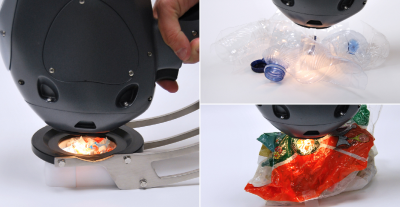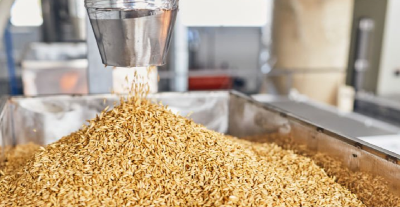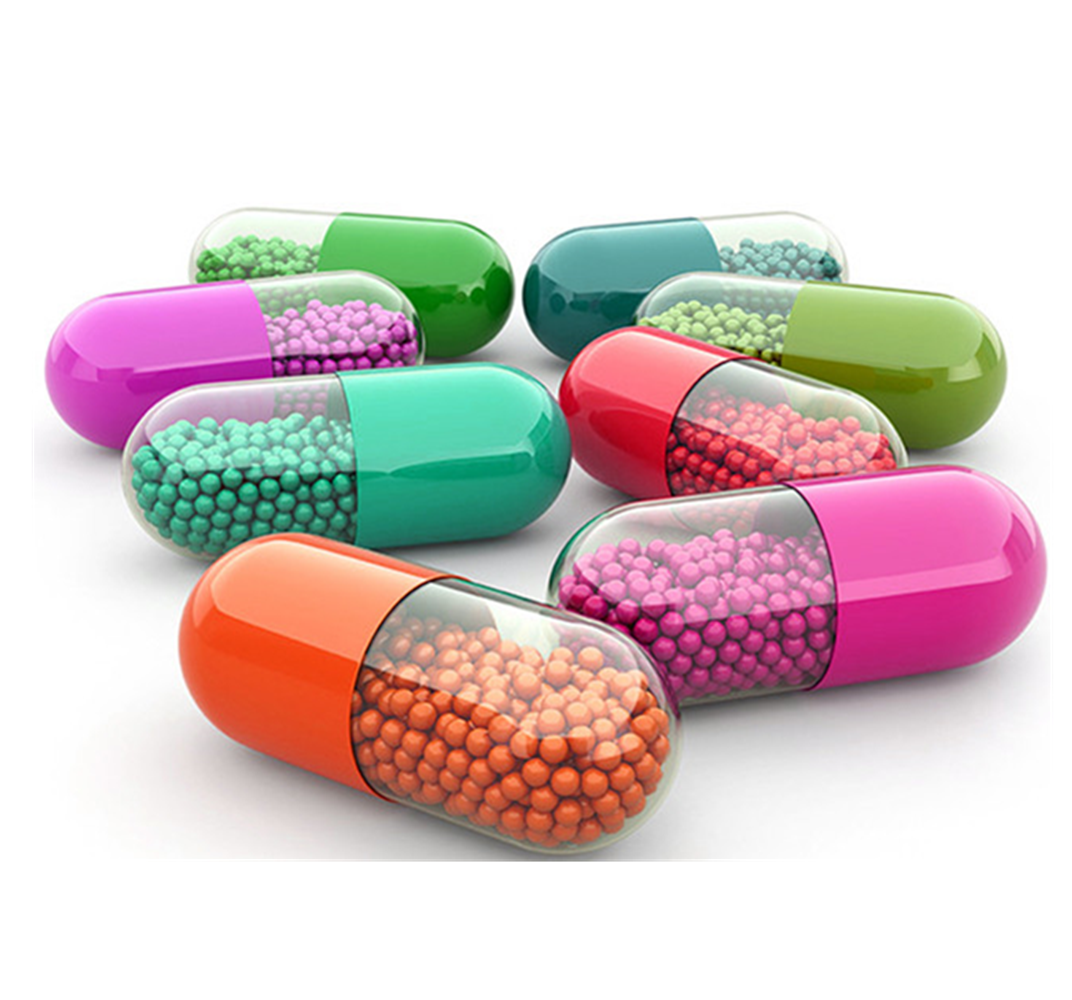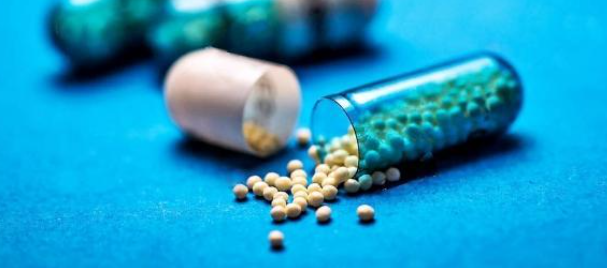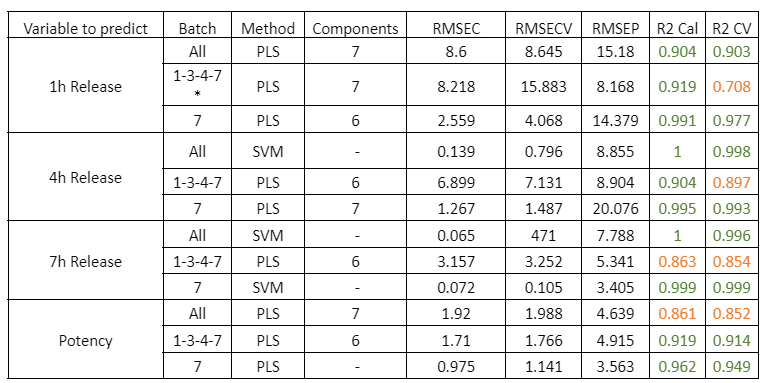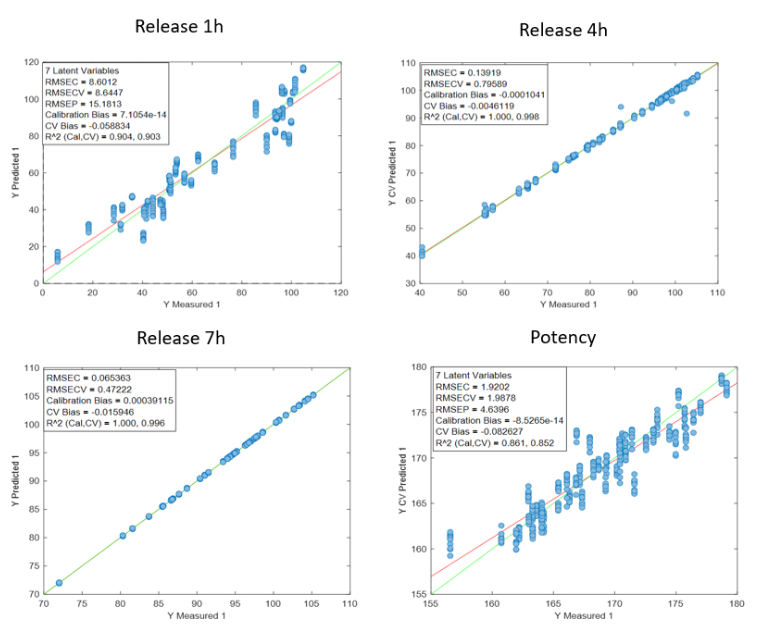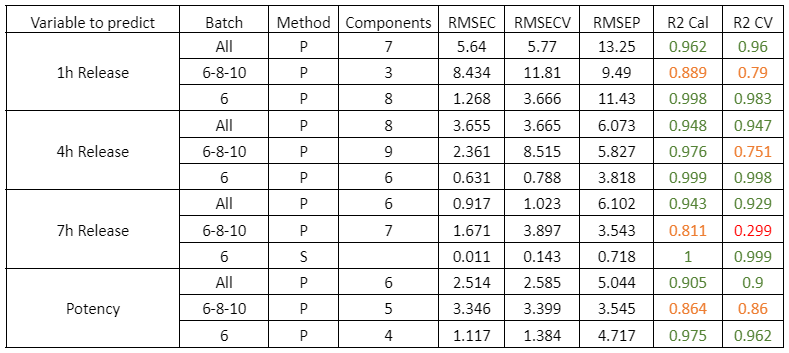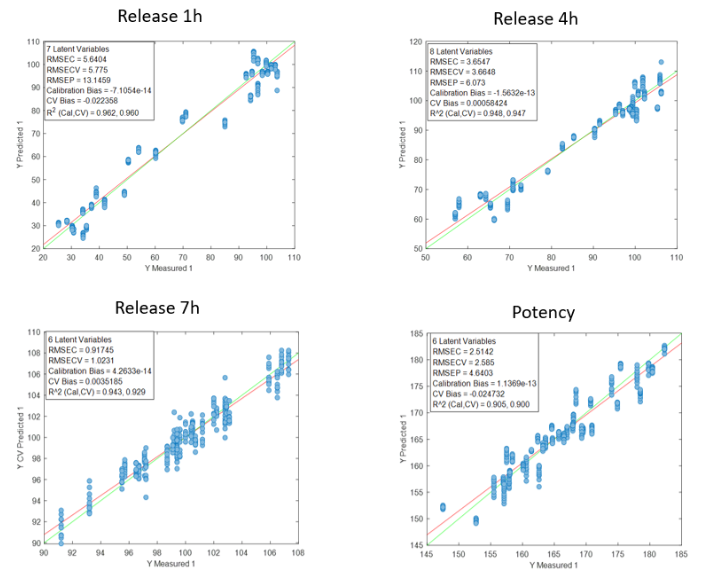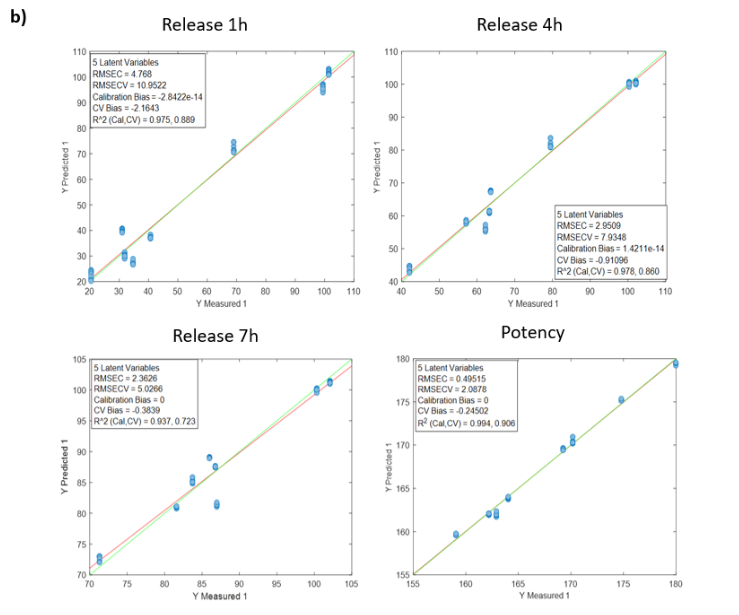
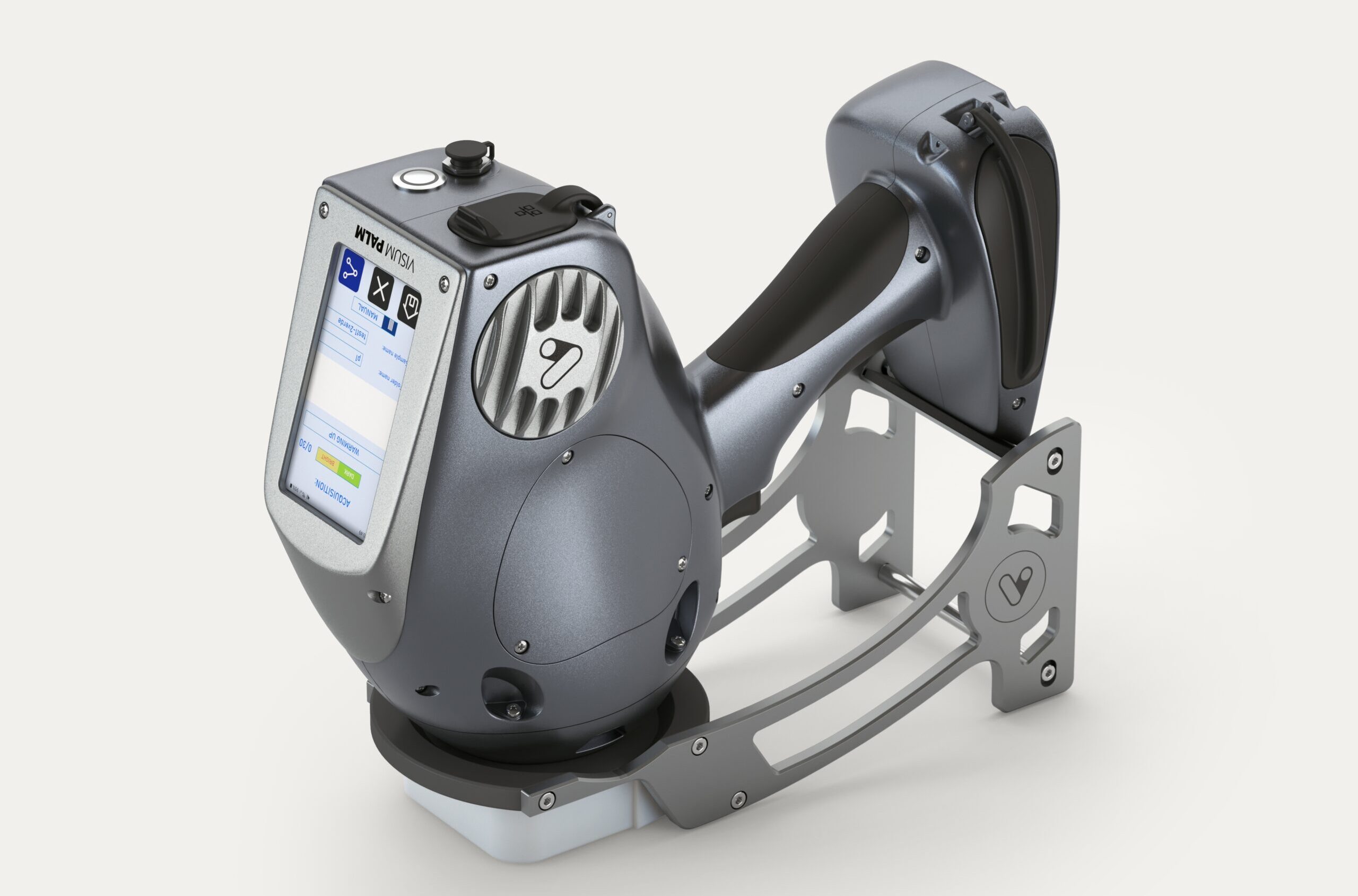 Jaki jest najlepszy przenośny analizator NIR na rynku? Porównanie Visum Palm™ z innymi przenośnymi analizatorami
Jaki jest najlepszy przenośny analizator NIR na rynku? Porównanie Visum Palm™ z innymi przenośnymi analizatorami
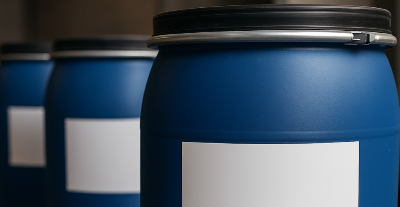 Identyfikacja surowców farmaceutycznych (RMID) z Visum Palm GxP™
Identyfikacja surowców farmaceutycznych (RMID) z Visum Palm GxP™

Spektroskopia Ramana w procesie diafiltracji liposomów

Spektroskopia Ramana w diafiltracji liposomów
Przemysł farmaceutyczny często polega na enkapsulacji substancji czynnych (API) w systemach liposomowych w celu poprawy ich stabilności, biodostępności oraz kontrolowanego uwalniania. Kluczowym etapem tego procesu jest diafiltracja, która usuwa niepożądane związki po utworzeniu liposomów, w tym rozpuszczalniki organiczne, takie jak etanol, używane do rozpuszczania lipidów tworzących dwuwarstwę liposomową. Dokładne oznaczanie resztkowego etanolu przy użyciu analizatorów opartych na spektroskopii Ramana jest niezbędne do zapewnienia jakości produktu końcowego, spełnienia norm regulacyjnych oraz optymalizacji czasu i zasobów procesowych.
Spektroskopia Ramana i system Visum Raman In-Line™
Spektroskopia Ramana to technika wibracyjna oparta na nieelastycznym rozpraszaniu światła laserowego. Jest wysoce specyficzna dla każdej cząsteczki, co czyni ją idealną do identyfikacji i ilościowego oznaczania składników chemicznych, nawet w złożonych matrycach. System Visum Raman In-Line™, opracowany przez IRIS Technology Solutions, umożliwia stosowanie spektroskopii Ramana bezpośrednio w środowiskach przemysłowych lub laboratoryjnych dzięki kompaktowej, solidnej i elastycznej konstrukcji. Eliminuje potrzebę przygotowania próbek, umożliwia szybką analizę w czasie rzeczywistym i idealnie nadaje się do ciągłego monitorowania procesów farmaceutycznych podlegających ścisłej regulacji.
Oznaczanie resztkowego etanolu za pomocą spektroskopii Ramana
Projekt koncentrował się na wdrożeniu modelu ilościowego oznaczania resztkowego etanolu przy użyciu spektroskopii Ramana podczas procesu diafiltracji po utworzeniu liposomów. Ze względów poufności analizowano dwie substancje czynne, określane jako: 1) NLPZ (niesteroidowy lek przeciwzapalny) oraz 2) biomolekuła. Próbki analizowano w kontrolowanych warunkach laboratoryjnych przy użyciu systemu Visum Raman In-Line™. System Raman został zamontowany na mobilnym stojaku z uchwytem na próbki dostosowanym do fiolek typu Falcon, zapewniającym bezpieczeństwo lasera podczas pracy.
Analizę widmową uzupełniono danymi uzyskanymi metodą wysokosprawnej chromatografii cieczowej (HPLC), będącą metodą referencyjną do określania rzeczywistego stężenia etanolu w próbkach. Dane te posłużyły do treningu i walidacji modeli predykcyjnych opartych na spektroskopii Ramana. Docelowe stężenie etanolu w produkcie końcowym ustalono na poziomie poniżej 0,1% v/v, a próbki treningowe obejmowały cały zakres od 0% do 10% v/v etanolu.
Obraz systemu analizatora Raman In-Line™ zamontowanego na mobilnym stojaku.
Opracowywanie modeli predykcyjnych z Visum Master™
W celu opracowania modelu predykcyjnego przygotowano w laboratorium syntetyczne próbki poprzez mieszanie wody z różnymi stężeniami etanolu, specjalnie zaprojektowane tak, aby objąć cały zakres operacyjny przewidywany w rzeczywistym procesie. Próbki te zapewniły, że model mógł dokładnie przewidywać stężenia w całym zakresie zainteresowania.
Widma Ramana uzyskane z tych roztworów za pomocą systemu Visum Raman In-Line™ posłużyły do opracowania modelu predykcyjnego w oprogramowaniu Visum Master™, które jest zautomatyzowaną platformą pozwalającą każdemu użytkownikowi tworzyć kalibracje bez zaawansowanej wiedzy chemometrycznej. Oprogramowanie automatycznie wybierało najbardziej odpowiedni algorytm, optymalne metody wstępnego przetwarzania (pochodne Savitzky-Golaya, centrowanie średnie, korekcja tła itp.) oraz konfigurowało model końcowy, korzystając z próbek kalibracyjnych i ich wartości referencyjnych (określonych metodą HPLC).
Opracowane modele zostały następnie zweryfikowane z wykorzystaniem niezależnego zestawu rzeczywistych próbek zebranych podczas eksperymentalnej produkcji liposomów.
Wyniki i ocena modelu predykcyjnego Ramana dla etanolu resztkowego

Modele opracowane z wykorzystaniem spektroskopii Ramana do ilościowego oznaczania substancji czynnych i związków resztkowych wykazały doskonałą wydajność zarówno podczas kalibracji, jak i walidacji zewnętrznej. Dla etanolu model osiągnął współczynnik determinacji (R²) powyżej 0,99 w kalibracji i walidacji, a średni błąd kwadratowy prognozy (RMSEP) był niższy niż 0,35% v/v, co potwierdza jego przydatność do monitorowania w czasie rzeczywistym w procesach suszenia lub czyszczenia.
Stale niski błąd systematyczny (bias) we wszystkich przypadkach potwierdza solidność kalibracji i brak błędów systematycznych, co dowodzi, że spektroskopia Ramana jest wiarygodną technologią do ilościowego monitorowania substancji czynnych w krytycznych procesach farmaceutycznych.
Wnioski
Zastosowanie spektroskopii Ramana za pośrednictwem przemysłowego analizatora Visum Raman In-Line™ umożliwiło opracowanie solidnego i dokładnego modelu do monitorowania etanolu podczas etapu diafiltracji w procesach farmaceutycznych. Wysoka korelacja i niskie odchylenia wyników potwierdzają przydatność systemu zarówno w zastosowaniach laboratoryjnych — na mobilnym stojaku — jak i w monitorowaniu in-line. Spektroskopia Ramana może być również rozszerzona na inne procesy farmaceutyczne, w których wymagane jest precyzyjne kontrolowanie rozpuszczalników lub związków krytycznych, co zwiększa efektywność operacyjną i jakość końcowego produktu.

